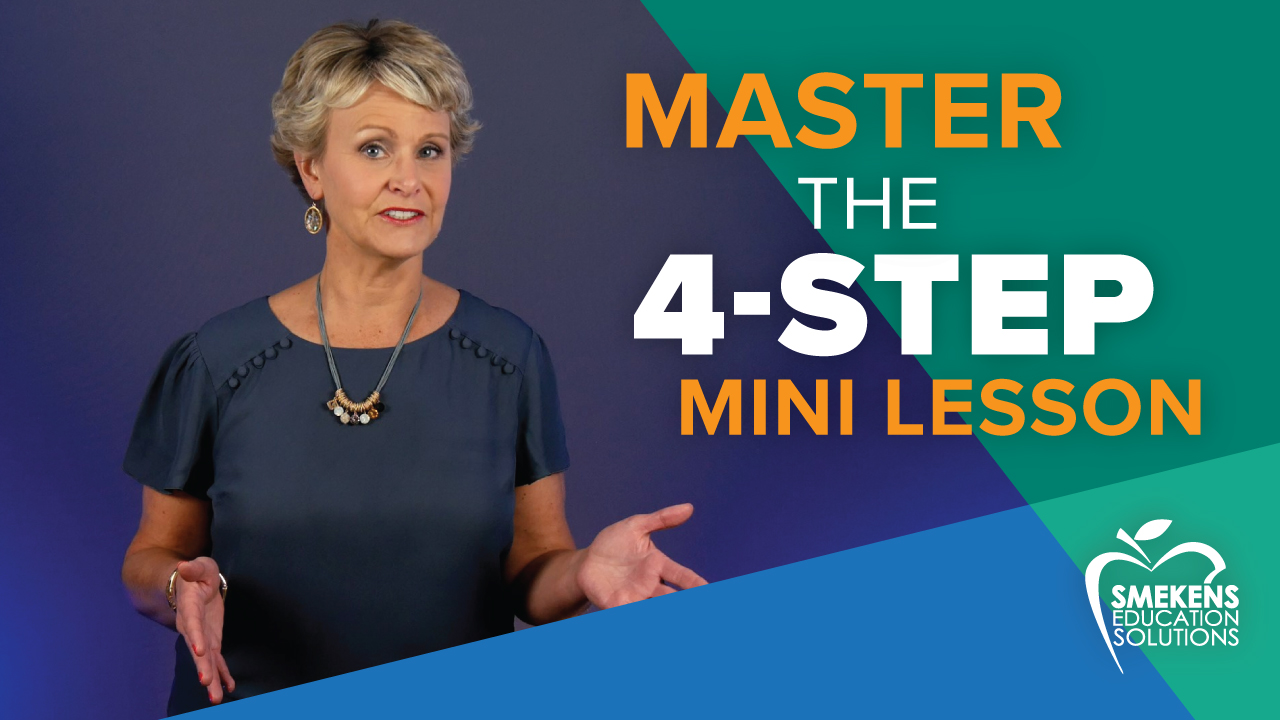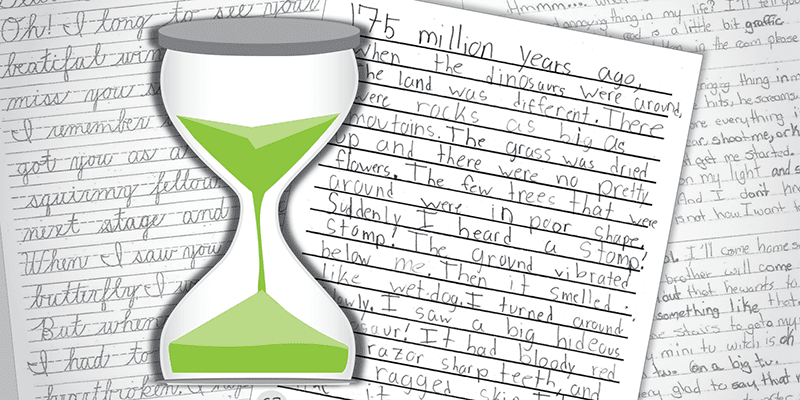Learning Center
writing
Execute the 3 parts of a writer’s workshop
august 13, 2019
The term “writer’s workshop” describes how the writing block or class period is organized. It’s a management system that comprises three components–each with a specific purpose.
The Mini-Lesson
Every writer’s workshop begins with whole-class instruction. The teacher targets a key skill within a four-step lesson. This is commonly referred to as a “mini-lesson” because it’s short in time and narrow in focus. The teacher spends 10-15 minutes defining, modeling, and then guiding students to try the skill.
The whole-class lesson is essential; this is where explicit instruction comes in. However, students don’t get better by just watching and listening to the teacher. They need a chance to experiment with the skill within their own writing. At this point, the lesson transitions from the teacher instructing into the “workshop” part of the writer’s workshop.
The Writing Time
If the mini-lesson focused on I do (i.e., teacher modeling) and We do (i.e., whole-class guided practice), then the writing time becomes the You do. Just as the word “workshop” implies, this is when students craft, create, build, fix, and repair their own writing to apply the new skill introduced.
While students are attempting the skill during this writing time, the teacher confers with writers. This includes answering specific student questions (e.g., indicated with the Help! Tent) and meeting with groups to check in on their progress (e.g., group conferences.)
The purpose of this writing time is for the teacher to support students as they attempt the writing skill more independently.
The Author’s Chair
Wrap up the independent writing time with a short Author’s Chair. This 3-5-minute all-class meeting is intended to highlight some of the best writing examples generated that day. Not only does this provide an opportunity to celebrate student writing, but it also brings the entire writer’s workshop to an intentional close.
This three-part writer’s workshop is applicable for all grade levels–K-12. Every writer needs explicit instruction (i.e., the mini-lesson), in-class time to try the skill (i.e., the writing time), and an opportunity to hear from their peers (i.e., the author’s chair).





